$99.97 Original price was: $99.97.$69.98Current price is: $69.98.
SKU: D2LSC 412735466 Categories: Fruit Trees, FRUIT TREES & PLANTS
- Quality that lasts, prices that don't.
- Experience the difference quality makes.
- Satisfaction Guaranteed
- 100% High Quality Guarantee

Violette De Bordeaux Fig Tree
Ficus carica ‘Violette De Bordeaux’
Other Names: Negronne Fig, Violet De Bordeaux Fig
NOTE: As with all of our other plants and trees, all of our fruit plants are grown in containers outdoors so they are fully rooted and landscape-ready upon arrival.
Plant Details
USDA Cold Hardiness Zones: 6a-10b (11a?) Find Your Zone
Ripening Period: August – October
Chill Hours: minimum 100 Learn more here
Pollinator: None required, Self-fertile
Fruit Color: Purple-Black
Fruit Size: Medium to Large, bell-shaped
Fruit Taste: Very sweet, excellent flavor!
Fruit Size: Medium to Large, bell-shaped
Fruit Taste: Very sweet, excellent flavor!
Uses: Fresh Eating, Desserts, Jellies, Jams, Preserves, Dried
Height at Maturity: 10-15′, half that size in containers
Width at Maturity: 10-12′, half that size in containers
Growth Habit / Form: Rounded, Upright
Growth Rate: Fast to Very Fast
Foliage Color: Green
Sun Needs: Full Sun to Part Shade, does better with more sunlight
Water Needs: Average
Soil Type: Clay (well draining), Loam, Sandy, Silty
Soil Moisture / Drainage: Moist But Well Drained
Soil pH: 6.0 – 6.5
Maintenance / Care: Low
Description
An excellent mission-type Fig and oldie-but-goodie that originated in France but can now be found growing in gardens all over the world. There’s so much good to say about the Violette De Bordeaux Fig that it’s difficult to know where to start. We’ll start with the fruits. Beginning at a very young age, Violette De Bordeaux produces medium sized closed-eye figs having a jet-black exterior and bright pinkish-red sweet flesh on the interior. You know if the French love it, who are very serious about their food, that it’s got to be good! When allowed to shrivel a little on the tree, the fruits take on cherry notes and intense berry flavors. You might also be happy to know that it’s a late season producer that will often produce a second crop with quality and abundant quantity rivaling the first crop. One of the most cold hardy figs tree varieties we offer, when growing in the ground it thrives in USDA Zones 6 to 11, which also means its super heat tolerant. It is also excellent for growing in containers, especially in cool-summer climates and can even be grown with good success indoors. Having been adapting to France’s climate for over 300 years is a sure indicator that it can be easily and successfully grown in some of the worst fig growing climates in the U.S.. It has high rain, spoilage and split resistance. If you had to choose only one fig variety, this one should be at or near the top of the list, especially for those who garden in dry climates where summers might be cool.
NOTE: As with all of our other plants and trees, all of our fruit plants are grown in containers outdoors so they are fully rooted and landscape-ready upon arrival.
Landscape & Garden Uses
Interested in edible landscaping? What could be more enjoyable and rewarding than installing a landscape you can eat? With their large and bold leaves fig trees are a fine specimen for use in the edible landscape providing a lush tropical effect…and you’ll be rewarded with loads of delectably delicious figs!
Growing Preferences
Fig trees will grow reasonably well in most soil types. They produce the best fruit in moderately to slightly acidic, moist but well-drained fertile soil that is rich in organic matter. In soil with low fertility it’ll be worth your time to mix in some organic compost to the native soil. They like the soil to hold a good supply of water, especially when the fruits are developing in summer, but not so much water that the soil stays constantly soggy or wet, which can be problematic. The best and most fruits will are produced when trees are growing in full sun. However, fig trees that receive a little shade during the hottest part of summer days will still produce good crops.
NOTE: If you will be growing this one in USDA Zone 6 it would be a good idea to provide some winter protection. A heavy layer of mulch will help protect the roots during winter. Planting on the east side of a home, or where the tree will be sheltered from north and western winds.
Helpful Articles
Click on a link below to find helpful advice from our experts on how to plant and care for fig trees.
How To Plant A Fig Tree
How To Fertilize & Water A Fig Tree
How To Prune A Fig Tree
What Are Chill Hours For Fruit Trees?
Plant Long & Prosper!
Meet The Wilson Brothers & Staff
Questions? Contact Us!
Be the first to review “Violette De Bordeaux Fig Tree – 3 Gallon Pot” Cancel reply
Related products
Sale!
Berry Plants
Sale!
FRUIT TREES & PLANTS
Sale!
FRUIT TREES & PLANTS
Italian Honey Fig Tree (Ficus Carica ‘Lattarula’) – 1 Gallon Pot
Sale!
FRUIT TREES & PLANTS
Sale!
Fig Trees
Sale!
FRUIT TREES & PLANTS
Sale!
FRUIT TREES & PLANTS
Sale!
FRUIT TREES & PLANTS

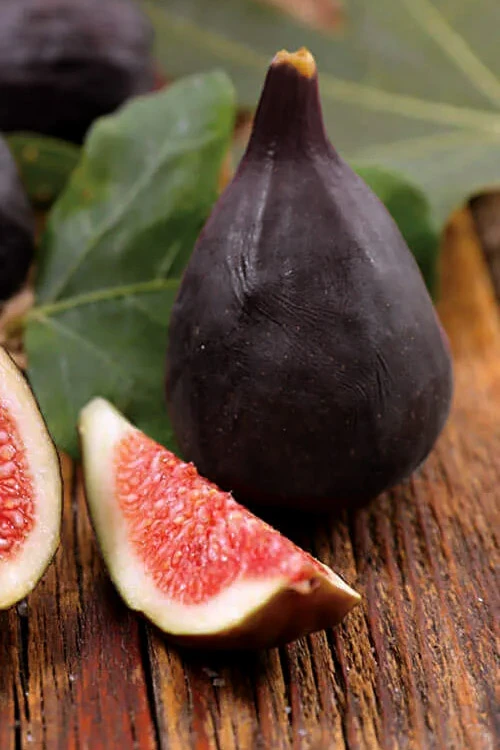

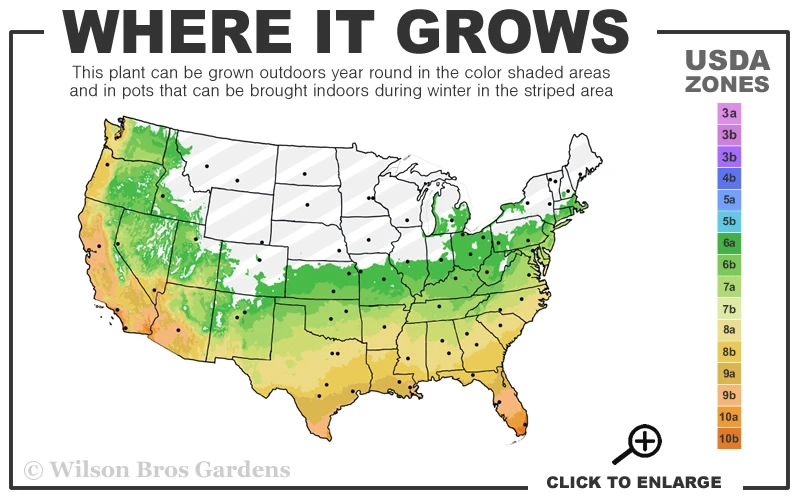

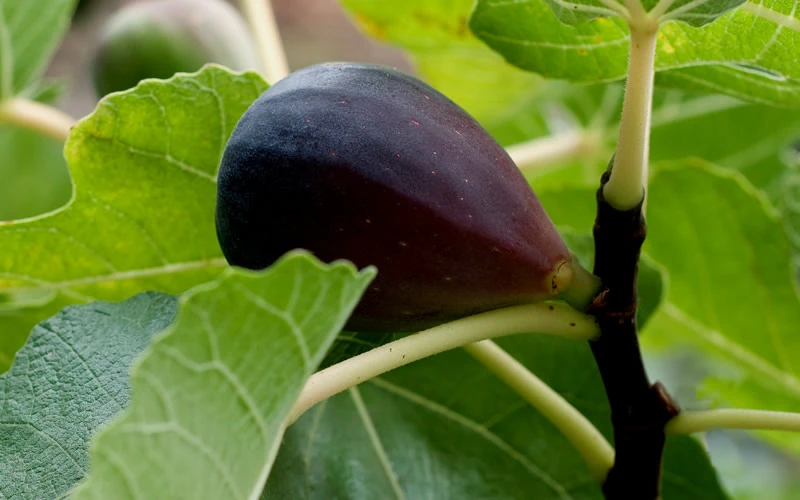

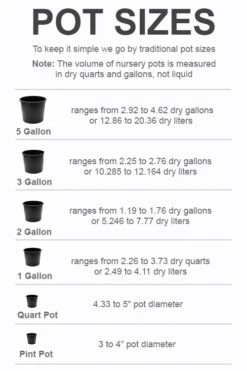

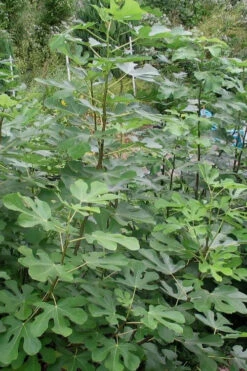


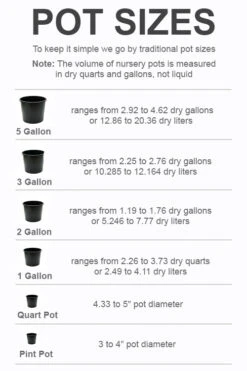
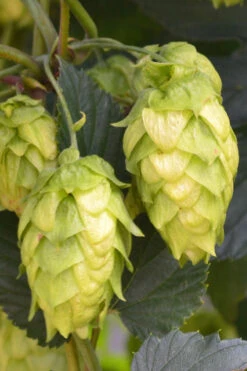

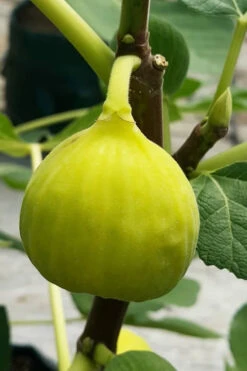


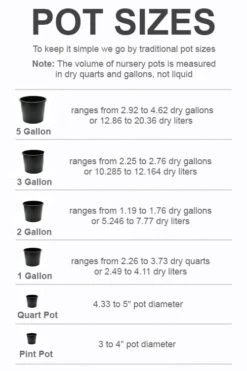


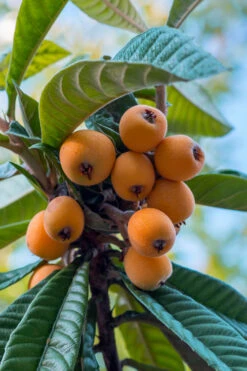

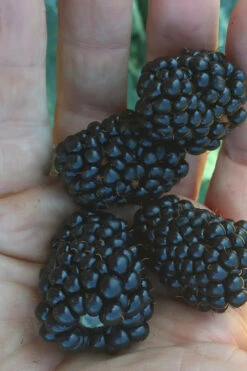
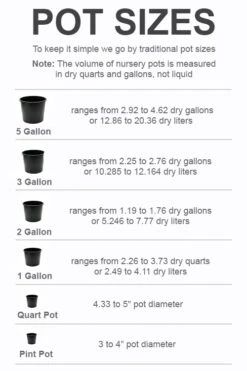

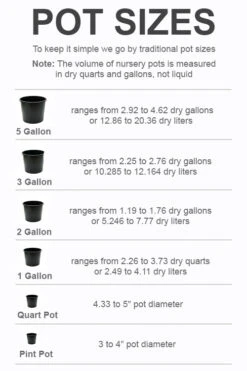
Reviews
There are no reviews yet.